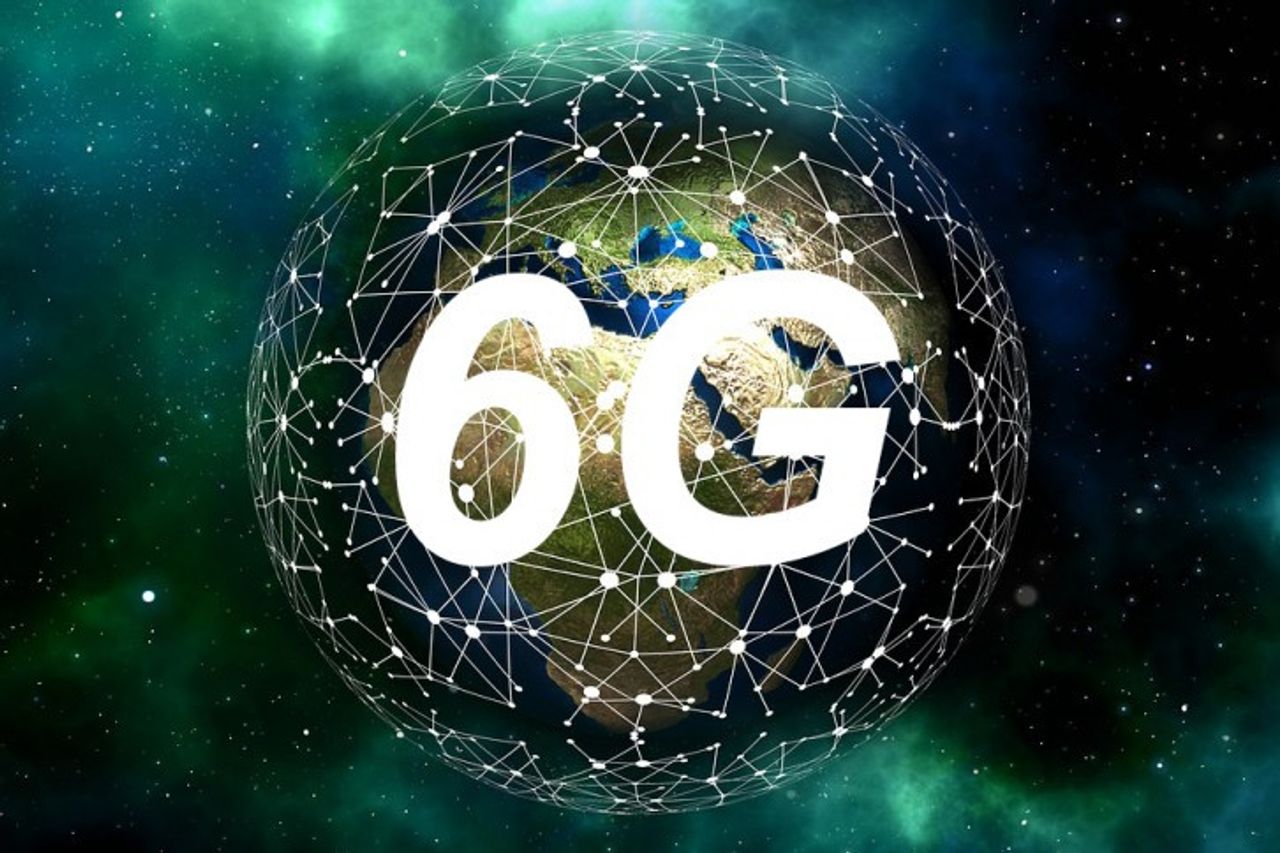Japan to launch 6G experimental trials with Nokia

The full potential of 6G telecommunications may not be realized for a decade, but the Japanese are already starting to build their domestic technology base and network.
On May 30, Japan’s Network Research Institute at the National Institute of Information and Communications Technology (NICT) announced the “World’s First Successful Transmission of 1 Petabit per Second in a Standard Cladding Diameter Multi-core Fiber.”
On June 6, Japan’s leading mobile telecom carrier NTT DOCOMO; its parent company, fixed-line carrier and R&D center NTT (Nippon Telegraph and Telephone Corporation); Japanese telecom equipment makers NEC and Fujitsu; and Finnish telecom equipment maker Nokia announced plans “to conduct experimental trials of new mobile communications technologies for the targeted commercial launch of 6G services by around 2030.”
These announcements follow the progress report on Japan’s “Beyond 5G” initiatives that I wrote about in March.
The gist of the NICT announcement is this:
One petabit equals one quadrillion bits of data, or one million gigabits. 5G has an ideal maximum data transmission speed of 10 gigabits per second (Gbps). The NICT demonstration was therefore 100,000 times faster.
For reference, the International Mobile Communications-2020 requirements (IMT-2020 Standard) for 5G are: Downlink peak data rate 20 Gbps; Uplink peak data rate 10 Gbps. But real world 5G speeds are much slower.
NICT notes that “one petabit per second is equivalent to 10 million channels of 8K broadcasting per second,” but even couch potatoes or video geeks might not be able to get their heads around that.
The demonstration used a standard optical fiber cable. According to NICT, it was “a major step toward the realization of ultra-high-throughput optical links with standard cladding diameter fibers compatible with existing cabling technologies for near-term adoption.”
In other words, almost unimaginably high-speed internet with little or no discernible lag time is theoretically possible with existing infrastructure. But, as noted in NTT DOCOMO’s press release, it’s a long way from here to there:
Launching the envisioned 6G services will require verification of numerous new mobile technologies, including those needed to newly use frequencies in the millimeter and sub-terahertz (above 6 GHz) bands, in addition to bands for existing 5G services. The trials are also expected to verify AI-based wireless transmission methods. DOCOMO and NTT will jointly conduct experimental trials with the three vendors, focusing on mobile technologies using new 6G frequency bands and AI-based wireless technology among these various mobile technologies.
Once this is done,
The new 6G system will greatly exceed the performance of 5G and simultaneously provide high-speed, large capacity, and low latency capabilities, use new high-frequency bands such as sub-terahertz bands above 100 GHz, expand communication coverage in the sky, at sea and in space, and enable both ultra-low-power consumption and low-cost communications.
For a review of Japanese technology integrating land, sea, sky and space communications, see my article from last month.
DOCOMO and NTT plan to start indoor 6G trials this fiscal year, which ends March 2023, and outdoor trials next year.
Technological challenges
The work of the three equipment vendors will be divided as shown in the chart.
Nokia will provide the 6G AI-native air interface (the access mode or link between two stations in wireless communications). As noted on the Nokia Bell Labs Institute website:
Machine learning (ML) and artificial intelligence (AI) are expected to play a defining role in the development of all phases of the 6G network, spanning design, deployment and operations. As the network evolves to support programmable and flexible cloud native implementations, AI/ML-based network automation will be crucial to simplify network management and optimization.
Networks will become “cognitive” in the sense that aspects such as virtualized network function placement, slicing, quality of service, mobility management, radio resource management and spectrum sharing will all rely on ML/AI to varying degrees.
In the words of Microsoft:
Cloud-native architecture and technologies are an approach to designing, constructing, and operating workloads that are built in the cloud and take full advantage of the cloud computing model.
NEC and Fujitsu will provide distributed MIMO (Multiple-Input Multiple-Output) equipment. MIMO increases the capacity of a communications network by simultaneously transmitting signals from and separating signals received by multiple antennas.
NEC will also provide OAM (Orbital Angular Momentum) transmission equipment, which uses spatial multiplexing of high-frequency band radio waves to achieve the same result. It will also work on the optimization of signal processing using artificial intelligence.
Fujitsu “aims to develop high-frequency wireless devices utilizing compound semiconductors such as gallium nitride (GaN) and indium phosphorus (InP).” Electron mobility is higher in these compounds than in conventional silicon semiconductors, enabling faster operation.
Fujitsu notes in its press release that:
In the joint trials, the partners will utilize radio waves in the high frequency range (sub-terahertz waves) of 100 GHz and 300 GHz, which represent promising candidates for use in 6G to realize a high-speed communication technology with radio wave propagation that is not affected by obstacles.
Outside technology, the obstacles include unrelenting competition. The Japanese and Nokia appear to have an advantage for the time being, but other European, South Korean, American and Chinese companies and research organizations are hot on their heels.
On the other hand, the Japanese consortium has expertise in the entire supply chain, from R&D to components, equipment and network operation. It can probably hold its own.
Scott Foster is an analyst with LightStream Research, Tokyo. Follow him on Twitter: @ScottFo83517667



























